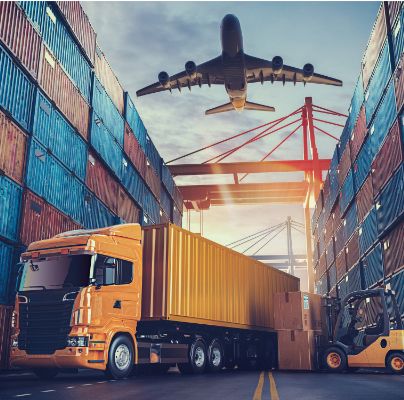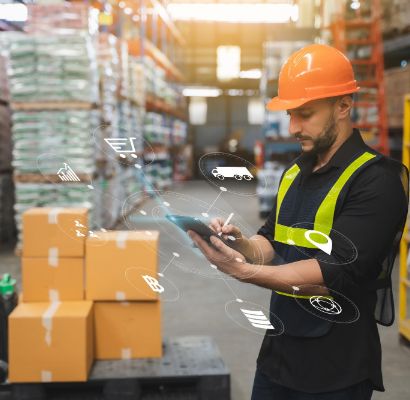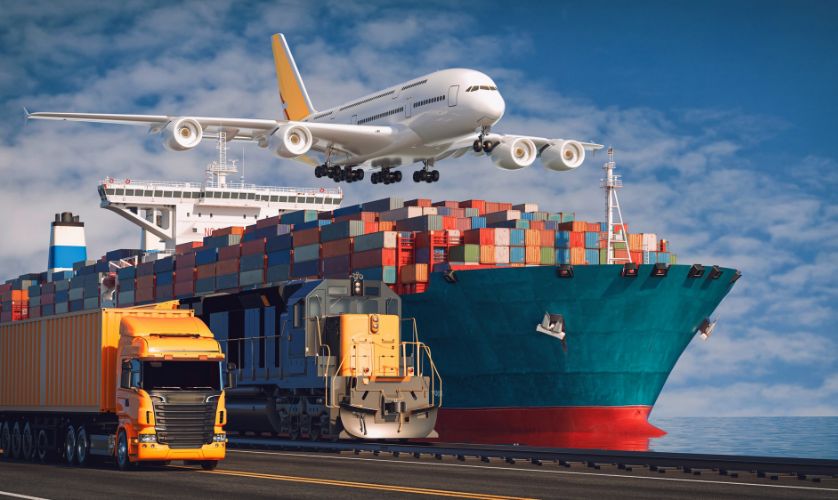- Qwik.pk_Author
- September 15, 2023
Key Trends Reshaping the Shipping and Logistics Sector: Top 5 Insights
In an era marked by rapid technological advancements and evolving consumer preferences, the shipping and logistics industry finds itself at the cusp of a significant transformation. This industry, a cornerstone of global trade, is in the midst of a profound shift driven by innovative trends. In this comprehensive article, we delve into the top five trends that are reshaping the future of the shipping and logistics landscape, underpinned by compelling statistics and real-world illustrations.
Digital Transformation and Automation
The pervasive influence of digital technologies is leaving no stone unturned in the shipping and logistics sector. Automation, fueled by Artificial Intelligence (AI) and the Internet of Things (IoT), is revolutionizing operational efficiency while reducing human intervention. A report by McKinsey estimates that automation within warehouses can amplify productivity by as much as 50%. Consider Amazon's fulfillment centers, where robots transport shelves of products, optimizing space and accelerating order fulfillment.
Eco-Friendly Initiatives
With a growing emphasis on environmental consciousness, sustainability has vaulted into the limelight of the shipping and logistics sphere. The International Maritime Organization (IMO) has set ambitious goals to curtail greenhouse gas emissions from international shipping by at least 50% by 2050. Leading shipping companies like Maersk are investing in vessels powered by biofuels and hydrogen fuel cells. Notably, DHL's "GoGreen" initiative has witnessed a 35% reduction in carbon emissions since its inception in 2007.


Last-Mile Delivery Innovations
The notorious "last mile" challenge is receiving innovative solutions that promise to alleviate its complexities. Delivery drones, as exemplified by UPS and Wing, offer the potential to revolutionize urban delivery by reducing congestion and hastening delivery times. In fact, a study by PricewaterhouseCoopers (PwC) suggests that drone deliveries may constitute as much as 20% of all last-mile deliveries by 2023. Furthermore, Amazon's investment in electric delivery vans underscores a commitment to sustainable last-mile logistics.
Supply Chain Visibility and Transparency
Modern consumers demand transparency and accountability throughout the supply chain. Blockchain technology is emerging as a game-changer in this regard, ensuring traceability and authenticity across the supply chain. IBM's Food Trust platform, for instance, leverages blockchain to track the origins and journey of food products, reducing foodborne illnesses and enhancing consumer safety. This trend aligns with recent surveys where 94% of shippers emphasized the significance of end-to-end visibility.
Data-Driven Decision Making
Data has become the cornerstone of informed decision-making within the shipping and logistics sector. Advanced analytics empower companies to predict demand patterns, optimize routes, and minimize operational downtime. According to a report by DHL, 65% of companies believe that data analytics will be pivotal for future supply chain operations. FedEx's SenseAware technology, for instance, provides real-time visibility into shipments, ensuring the secure transportation of high-value goods.
The Way Forward
As the shipping and logistics industry sails through uncharted waters, these five trends serve as guiding stars, steering the course toward a more efficient, sustainable, and customer-centric future. By embracing digital transformation, championing sustainability, reimagining last-mile delivery, prioritizing transparency, and harnessing the power of data, companies within this dynamic landscape are poised not only to thrive but also to redefine the way goods are transported and delivered for generations to come.
